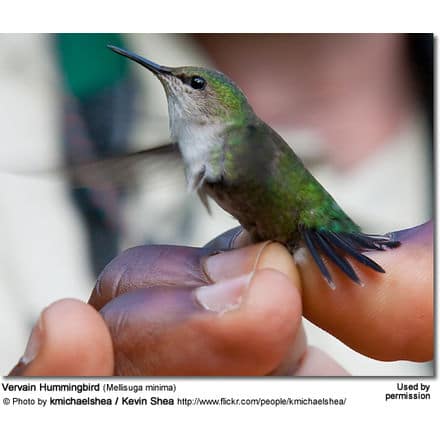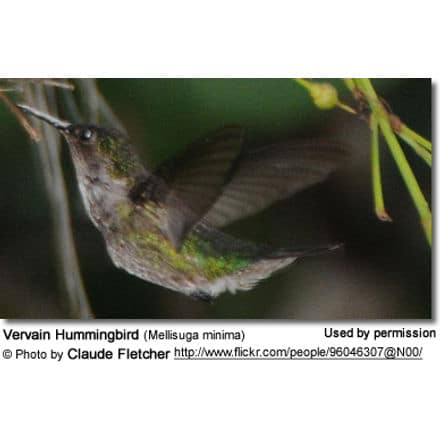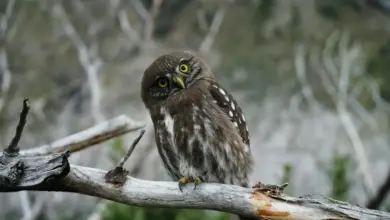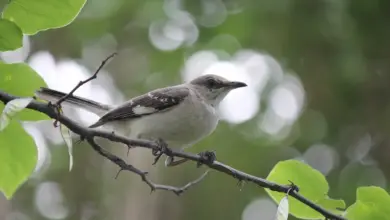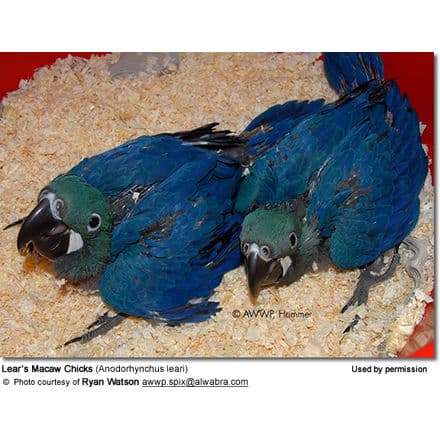Vervain Hummingbird
Hummingbird Information
The Vervain Hummingbird (Mellisuga minima) is a mostly resident (non-migratory) bird that occurs naturally on the Caribbean islands of Jamaica, Hispaniola (consisting of Haiti and the Dominican Republic), as well as outlying islands such as Gonve, Tortue, Saona, Catalina islands, Île-à-Vache, and Cayman Islands. It is a vagrant to a small region of western Puerto Rico Puerto Rico.
Although mostly considered “non-migratory” seasonal movements in response to availability of food appear likely (especially at high altitudes). They are found at all elevations up to 5,200 feet (1,600 m) or even higher in Haiti (Keith et al. 2003).
They inhabit most habitats, including gardens; dry, gallery, and evergreen forests; desert shrub-scrub, and even urban environments. However, they are not present in dense montane forests.
Within its range it is easily recognized because of its small size compared to other, larger hummingbirds; also the males lack the iridescent feathering that can be seen in many of the other hummingbird species.
Alternate (Global) Names
Spanish: Colibrí Zumbadorcito, Zumbador Verbena, Zumbadorcito, Zumbaflor; French: Colibri nain;Italian: Colibrì di Vervain, Colibrì verbena; German: Zwergelfe, Zwerg-Elfe; Czech: Kolibrík jemný, kolib?ík jemný;Danish: Jernurtkolibri;Finnish: Haitinkolibri;Haitian Creole French: Zwazo mouch;Japanese: kobitohachidor;Dutch: Dwergkolibrie;Norwegian: Dvergkolibri;Polish: koliberek miodowy;Russian: ?????????? ??????;Slovak: cmelovec medosavý;Swedish: Fékolibri
Subspecies and Distribution:
The two subspecies are generally collectively referred to as the Vervain. The subspecies differ subtly in coloration and potentially in song.
- Mellisuga minima minima (Linnaeus, 1758) – Nominate Race
- Found on the island nation of Jamaica situated in the Caribbean Sea south of Cuba and Florida
- Mellisuga minima vieilloti (Shaw, 1812)
- Found on Hispaniola (a major island in the Caribbean) and nearby islands of Gonve, Tortue, Saona, Catalina, and Vache
- ID: Males and females are darker (Ridgway 1911)
Behavior
Males select a territory of roughly 65 x 65 ft (20 x 20 m) which they fiercely protect. The male is frequently observed singing from one of his favored perches. However, unlike other hummingbirds that primarily choose territories that contain plenty of their favored food sources, food sources don’t appear to be the primary motivation for a Vervain to choose a territory. It is, therefore, believed to be held primarily for courtship or breeding; although they will take advantage of any flowers that happen to be in their territories.
Within its territory, this species will pursue and attack much larger species of birds, including Mockingbirds (Wetmore and Swales 1931), American Kestrel (Falco sparverius), and Mangrove Cuckoo (Coccyzus minor) (C. Levy pers. comm.) – particularly those that are in the vicinity of the nest site. They will also attack lizards as they prey on their eggs. Vervains also appear to be unafraid of humans.
Description
The Vervain is allegedly the second smallest bird in the world, second only to the tiny Bee Hummingbird. Because of their small size, they are easily mistaken for hawkmoths or bumblebees.
They measure 6 – 7 cm (2.4 – 2.76 in) in length, including the 0.4 inch (1 cm) bill and its short tail. They weigh between 0.07 – 0.08 oz (2-2.4 g).
The bill is dull black; the eyes are dark brown; and the legs and feet are ‘dusky’ colored.
Males and females look alike, but there are some slight physical differences.
Adult Male:
- He has an entirely dark, slightly forked tail
- Upper plumage is dark dull metallic green, darker (sometimes nearly black) on the rump and upper tail feathers
- Chin, throat, and chest are pale greys, with central grey “spotting”
- The plumage below is mostly dark metallic green
Adult Female:
- She has a rounded tail with white-tipped outer flight feathers.
- Upper plumage rather dark metallic green, bluish green or (rarely) bronze-green,
- Her sides are glossed with metallic green
Immature birds:
-
-
-
- Juvenile females look like adult females. Juvenile males look similar to adult females, but their throat is more flecked with grey the white tips of their outer flight feathers are less sharply defined, and their sides are more strongly or extensively glossed with green.
-
-
Similar Species:
- Can generally easily be identified by its smaller size and duller plumage.
- They are similar to the female and juvenile Bee Hummingbirds of Cuba and Isla de la Juventud (in the Caribbean south of Florida). However, apart from the fact that their ranges don’t meet, the Vervains are slightly larger and the Bee Hummingbirds‘ back feathers have more of a blue tinge.
Calls / Vocalizations
The male Vervain has been described as highly vocal, with “loud and penetrating” calls. Their prolonged twittering can be heard throughout the day. They also make dry “chittering” scolding sounds.
They turn their heads from side to as they sing. Their songs are described as complex, consisting of several syllables sung in rapid succession. They mostly sing when perched, but can also be heard as they approach or depart their territories and when chasing off intruders, but also to attract females.
Nesting / Breeding
The Vervain Hummingbird has a long breeding season with nesting reported in late December through early August. Females may produce multiple clutches per year.
Hummingbirds are solitary in all aspects of life other than breeding, and the male’s only involvement in the reproductive process is the actual mating with the female. They neither live nor migrate in flocks, and there is no pair bond for this species. Males court females by flying in a U-shaped pattern in front of them. He will separate from the female immediately after copulation. One male may mate with several females. In all likelihood, the female will also mate with several males. The males do not participate in choosing the nest location, building the nest, or raising the chicks.
The female is responsible for building the cup-shaped nest out of plant fibers woven together and green moss on the outside for camouflage in a protected location in a shrub, bush, tree, or bamboo – typically within 3 feet or 1m of the ground.
She lines the nest with soft plant fibers, animal hair, and feathers down, and strengthens the structure with spider webbing and other sticky material, giving it an elastic quality to allow it to stretch to double its size as the chicks grow and need more room. The nest is typically found on a low, thin horizontal branch.
The average clutch consists of two white eggs, laid on successive days, which she incubates alone for about 16 up to 19 days (mostly between 16 to 17). These eggs are allegedly the smallest in the bird world, with an average length of 1 cm (0.39 in) and weight of 0.375 grams.,
The young are born blind, immobile, and without any down.
The female alone protects and feeds the chicks with regurgitated food (mostly partially digested insects since nectar is an insufficient source of protein for the growing chicks). The female pushes the food down the chicks’ throats with her long bill directly into their stomachs.
As is the case with other hummingbird species, the chicks are brooded only the first week or two and are left alone even on cooler nights after about 12 days – probably due to the small nest size. For about 10 – 14 days, the mother broods the young and removes waste from the nest. Once the chicks are a couple of weeks old, they will eject fecal matter from the nest themselves, by raising their behinds over the edge of the nest.
The chicks leave the nest when they are about 21 – 25 days old, but the mother will continue to feed her young for some time after fledging.
Diet / Feeding
The Vervain primarily feeds on nectar taken from a variety of brightly colored, scented small flowers of trees, herbs, shrubs, and epiphytes. They generally feed on smaller, lower-yield flowers than the larger hummingbirds. Known food plants include: Cuphea ignea, Hohenbergia spp, Stenocereus hystix, Bauhinia divaricata, Calliandra pilosa, Acacia sp., Crotolaria falcata, Securidaca brownie, Croton linearis, Laguncularia racemosa, Miconia quadrangularis, Vaccinium meridionale, Asclepias curassavica, Cordia sp., Bourreria sp., Plectranthus blumei, Dunalia arborescens, Morinda royoc, Cephaelis elata, Lantana camara, Holmskioldia sanguinea, Pachystachys lutea, Anacardium occidentale, Lamaireocereus hystrix, Opuntia spinosissima, Caesalpinia pulcherrima, Delonix regia, Ageratum sp., Hibiscus schizopetalus, Malvaviscus arboreus, Marcgravia brownei, Plumbago scandens, Hamelia patens, Ixora coccinea, Russelia equisetiformis, Nyctanthes arbor-tristis , Aloe vera, Callistemon lanceolatus, Plectranthus blumei, Tamarindus indica, Stachytarpheta jamaicensis, Mimosa sp., Inga vera, Pentas sp, Passaflora sp.and Coffea arabica.
They use their extendible tongues to retrieve the nectar while hovering with their tails cocked upward as they are licking at the nectar up to 13 times per second. Sometimes they may be seen hanging on the flower while feeding.
Females have also been seen ingesting mineral-rich dirt at the outset of the nesting season, probably to satisfy their physical need for calcium and other minerals for the production of eggs.
Many native and cultivated plants on whose flowers these birds feed heavily rely on them for pollination. The mostly tubular-shaped flowers exclude most bees and butterflies from feeding on them and, subsequently, from pollinating the plants.
They may also visit local garden nectar feeders for some sugar water, or drink out of bird baths or water fountains where they will either hover and sip water as it runs over the edge; or they will perch on the edge and drink – like all the other birds; however, they only remain still for a short moment.
They also take some small spiders and insects – important sources of protein particularly needed during the breeding season to ensure the proper development of their young. Insects are often caught in flight (hawking). There is no record of insects being snatched off leaves or branches, although it is possible.
Metabolism and Survival and Flight Adaptions – Amazing Facts
Species Research by Sibylle Johnson
Please Note: The articles or images on this page are the sole property of the authors or photographers. Please contact them directly with respect to any copyright or licensing questions. Thank you.

